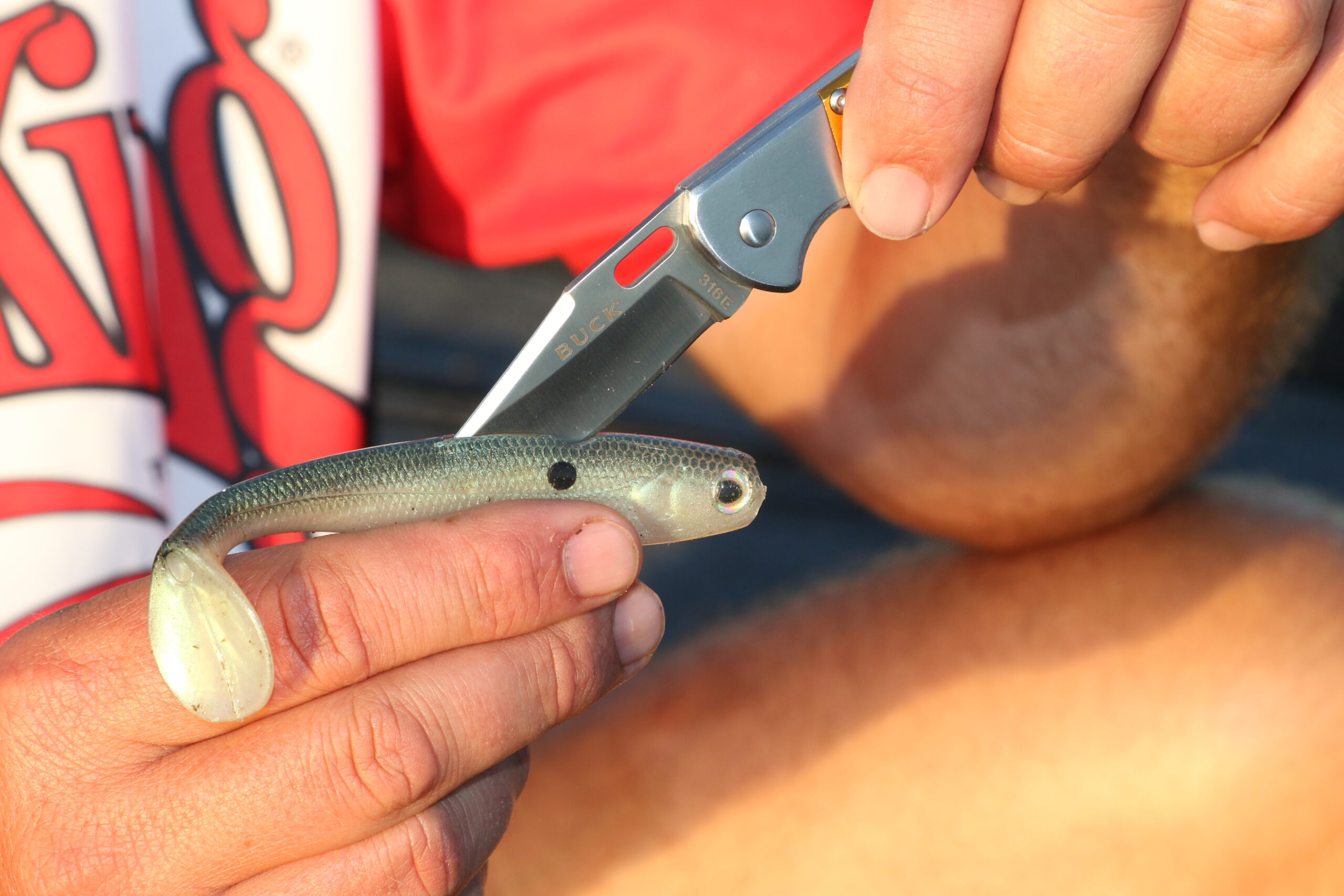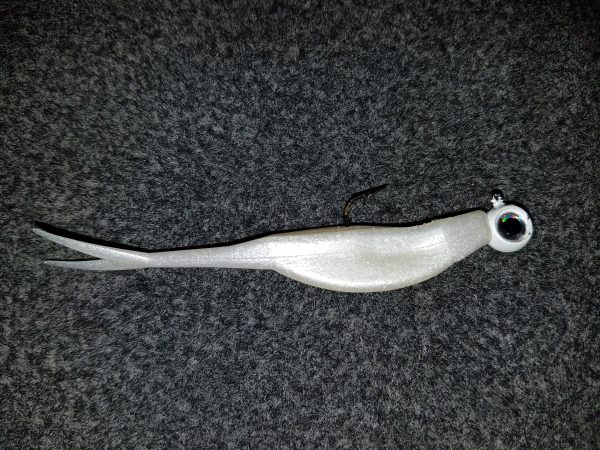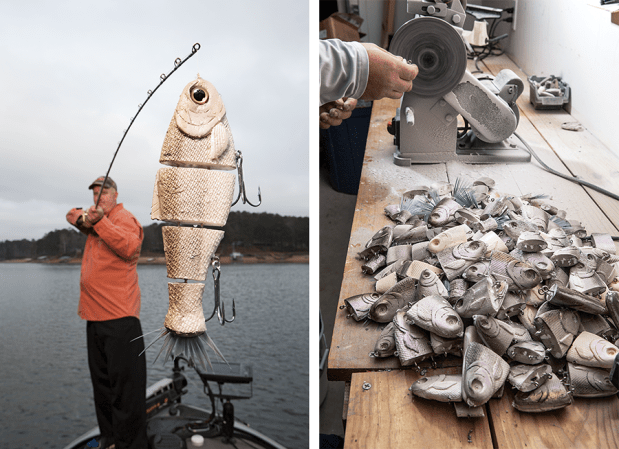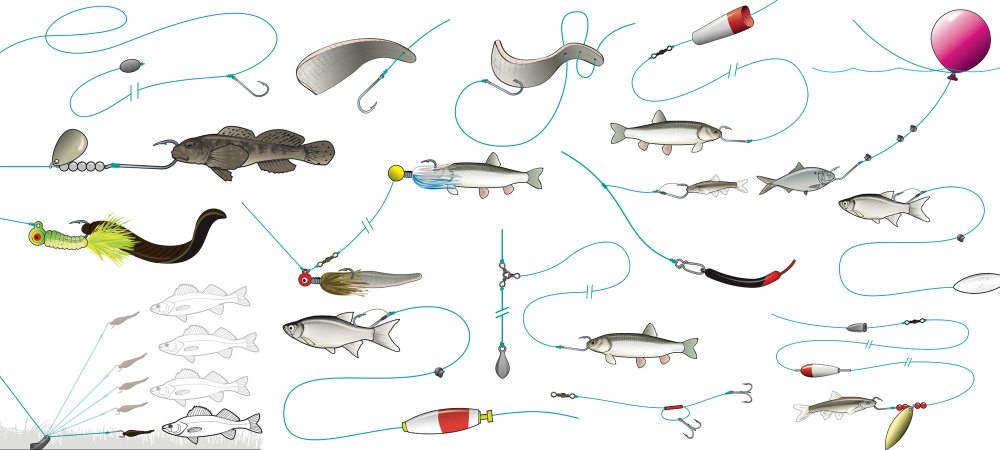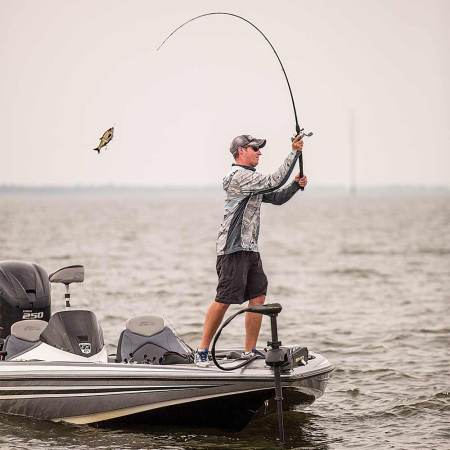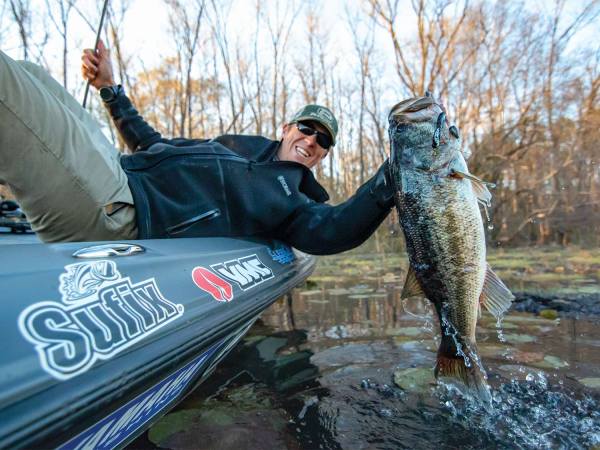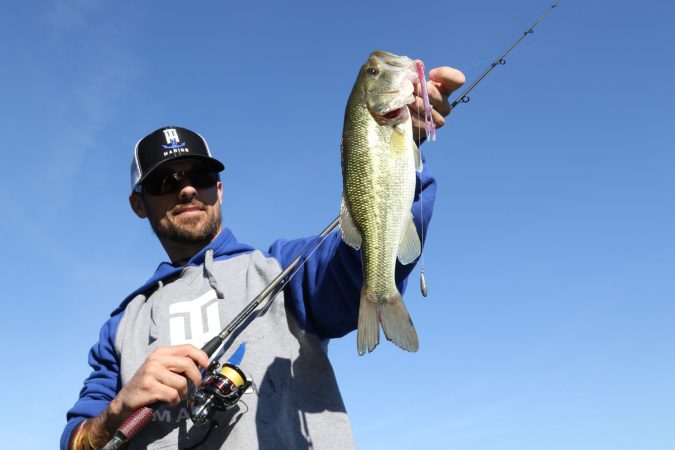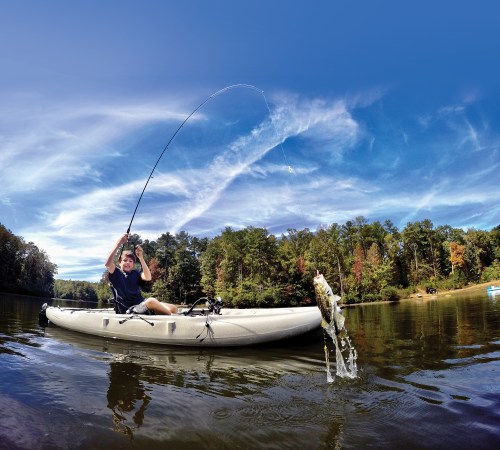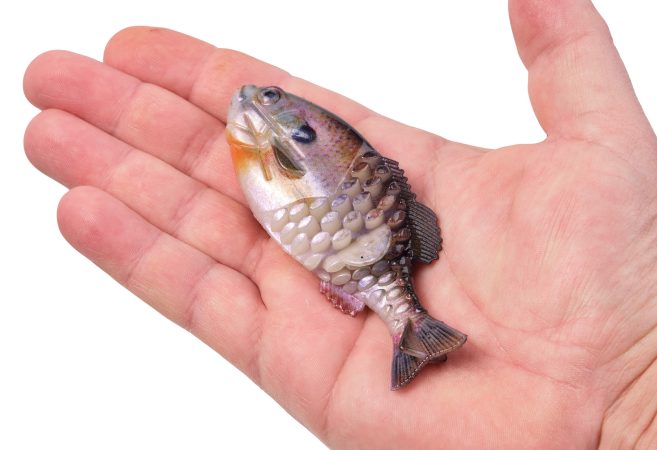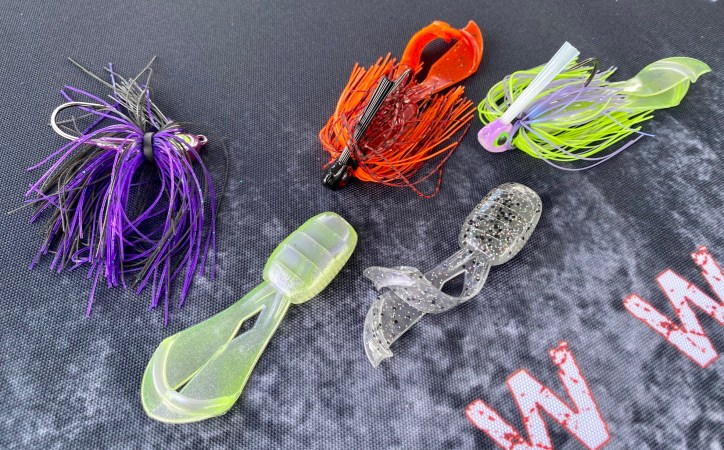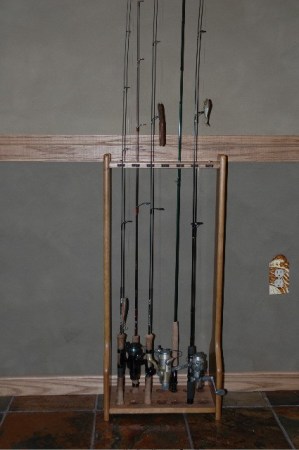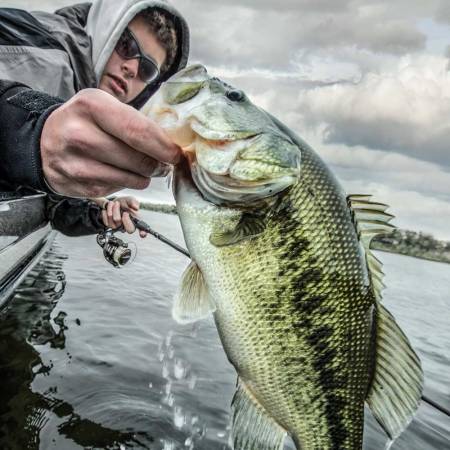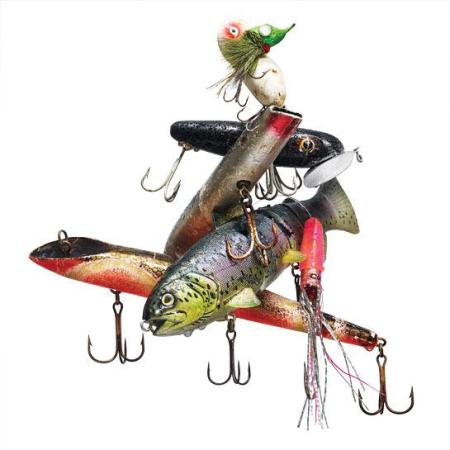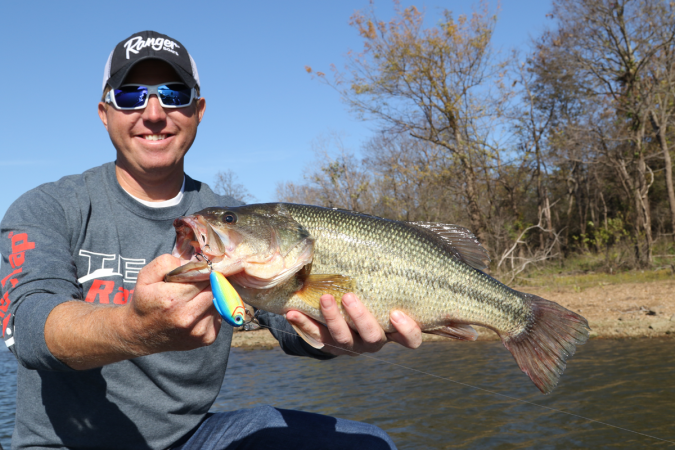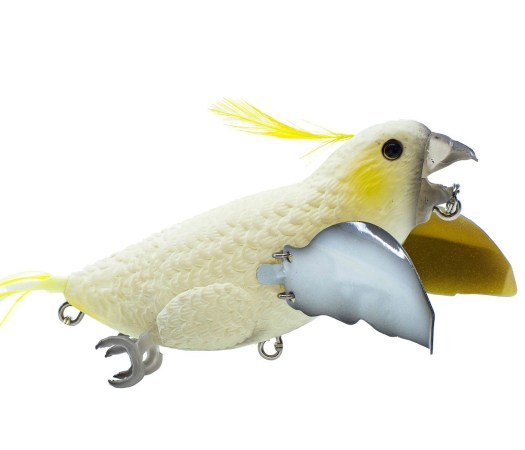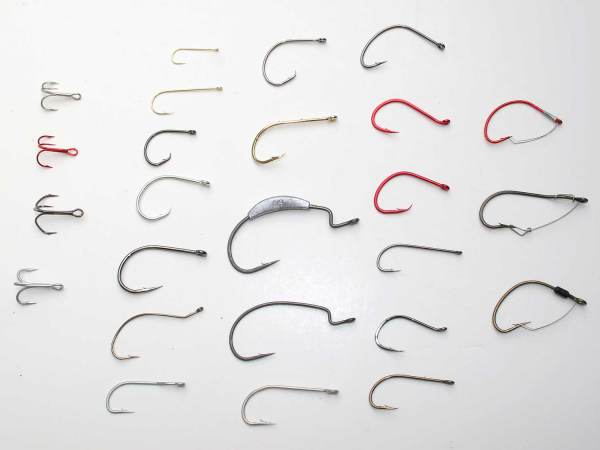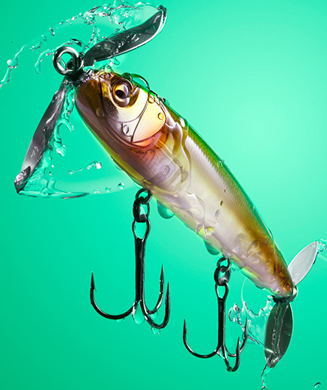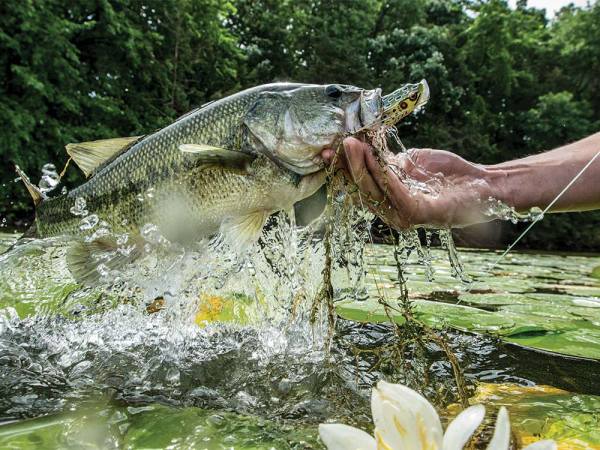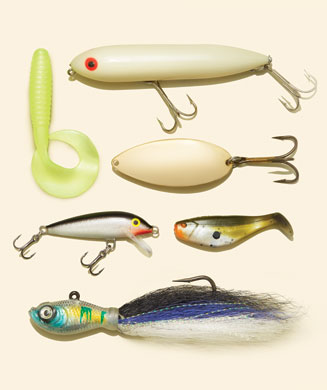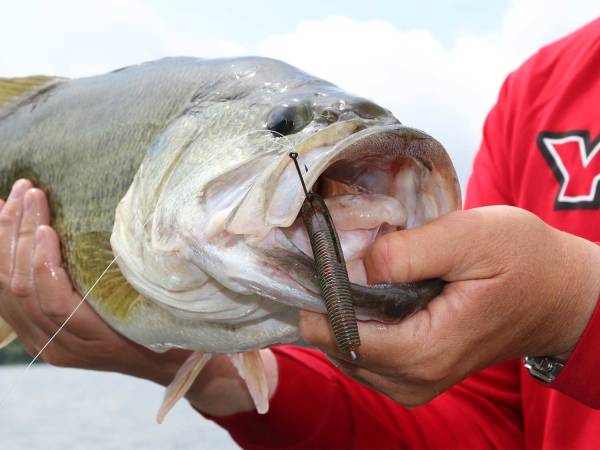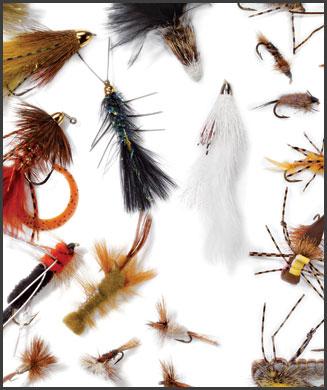We may earn revenue from the products available on this page and participate in affiliate programs. Learn More ›
Alabama bass guide Brent Crow likes to arm his clients with a user-friendly, hollow-belly swimbait like the Strike King Shadalicious because if you can hit the water, you can usually catch fish on this simple, cast-and-reel bait. He does not, however, enjoy rigging a new bait every 5 minutes.
Fact is, while the ultra-limber composition of most hollow-body swimbaits creates fish-tempting action, the baits also tear easily. While a plethora of torn baits means there have been a lot of bites, Crow would rather limit his consumption, as well as his rigging time. Here’s how he accomplishes both.
Cutting an inch-long slit into the bait’s back allows the hook on the 1/2-ounce Strike King Squadron jig head more room to move. While this does little to improve the bait’s action, it eliminates tearing because the new opening allows the hook space to move back and forth.
Gluing swimbait bodies to lead heads is nothing new, but Crow perfects the process by first snipping off the rounded tip of his bait’s nose so it sits flat against the jig head.
Also, when applying Super Glue or other strong adhesives, more is not better. A modest drop is plenty for two reasons: 1) Excessive glue can create an unsightly gap between plastic and lead. 2) More glue means longer drying times.
To that latter point, Crow minimizes his on-water rigging time by preparing a couple dozen swimbaits with back-slits and properly glued heads the night before a trip. Even with careful preparation, he’ll still have to replace a few swimbaits throughout the day, but starting with plenty of ammo means fewer interruptions and more fishing time.
